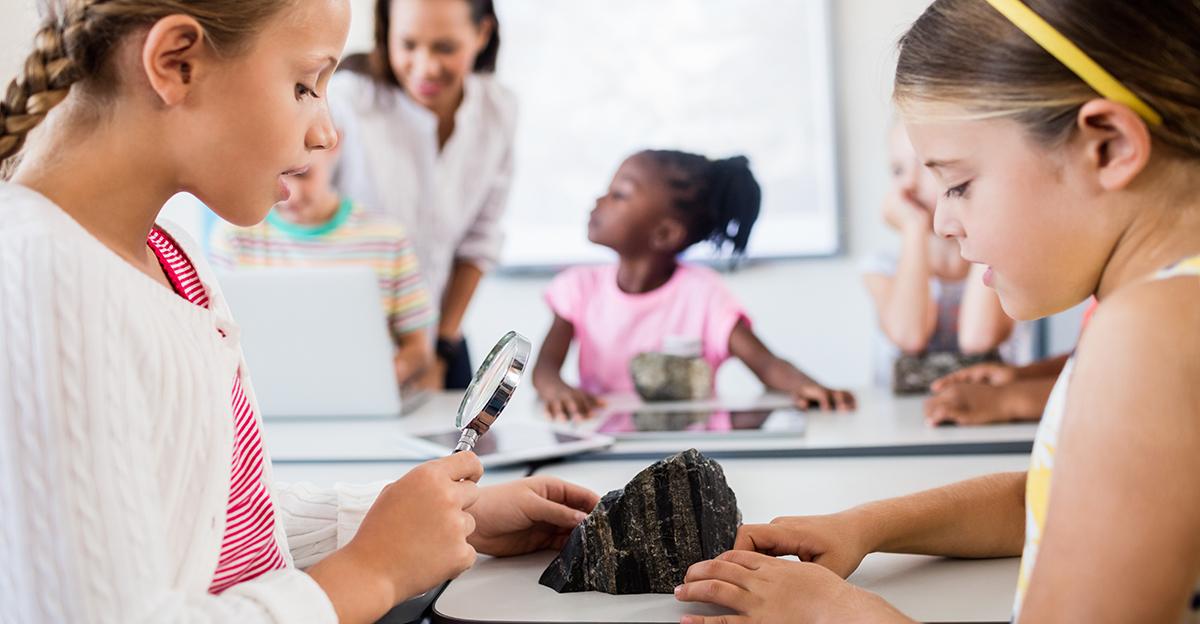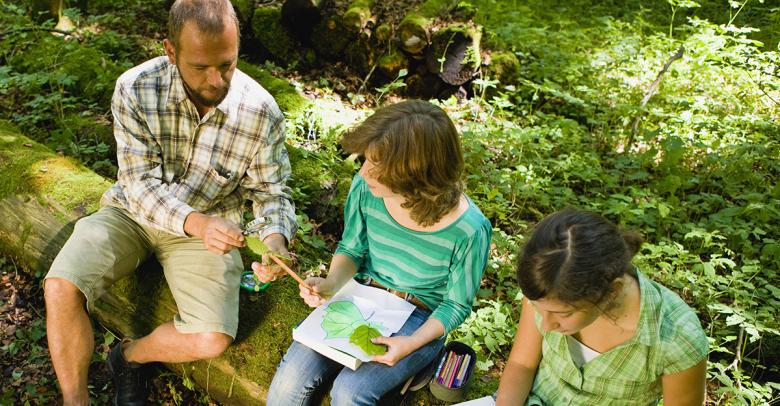Teaching Earth science in the classroom may not always get the attention it deserves, but this broad discipline is profoundly important. Understanding the basic geophysical processes is essential to placing biological systems—including those enveloping and influenced by humankind—in their proper context. It’s important to show students that rivers, mountains, rainstorms, and other elements of the landscape aren’t just backdropped scenery. They’re actors in one all-encompassing play in which every one of us human beings has a role.
Earth Science: Helping Students Understand Change & Impact
The mighty cycles that bind together the living and non-living components of the Earth—the nitrogen cycle, the carbon cycle, the water cycle, and the like—suggest unity among the global ecosystem and real connections between people and their environment. Here are angles you can use to inspire students to learn more about the earth and all its natural processes:
We Need Future Scientists
Our understanding of our planet is dynamic. We’re constantly learning more. Consider the interplay of ocean and atmosphere on a global scale, like the El Niño-Southern Oscillation (ENSO). The patterns and processes of hurricanes, earthquakes, and other natural disasters teach us more each time as we try to better prepare for the next one.
There’s a staggering amount of knowledge about the basic functions of Earth that we have yet to uncover. New generations of scientists—including some of those bright and shining faces in your classroom—will help parse out the details for the benefit of all of humanity. How’s that for some exciting stakes?
Highlight Tangible Examples
Fortunately, Earth science educators have the ability to link curriculum to tangible (and intrinsically fascinating) phenomena that students experience every day.
Pull up the classroom window shades to see clouds floating by. Clear examples of daily weather processes, sure, but also springboards for a discussion of how the hydrological cycle connects atmospheric heights with the depths of the ocean. And thanks to the recycling of water across the ages, some long-ago mammoth quenched its thirst at a snowmelt pond.
Opportunities for hands-on engagement with geophysical processes aren’t hard to find.
- The shift of the sun’s angle and course across the playground
- The backstory of a pebble picked up on the walk to school
- The journey of a raindrop on the rooftop
- The soil horizons beneath the lawn
Hint: These are also great writing prompts, especially in the spring. Follow the link below to find more spring-themed writing prompts that are great for integrating science and ELA.
Read: Spring Creative Writing Prompts for Kids
More Science Educator Ideas & Inspiration
Children—and adults—feel an innate awe towards the Earth’s storytelling prowess. Thunderstorms, volcanic eruptions, rainbows, waterfalls, dinosaurs, tigers… these all spur enthusiasm for Earth science in the classroom. With this knowledge and the tools we have, we can inspire the next generation to protect our planet and tackle very real environmental issues. And that’s a task that any teacher can get excited about!






Leave a Reply